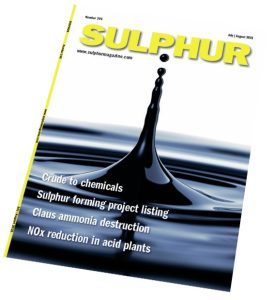Two fertilizer plants, formerly part of the Interagro Group, are being offered for sale by the liquidator, Sierra Quadrant. The factories, Ga-Pro-Co in Săvinești and Donau Chem at Turnu Măgurele, are available for direct negotiation starting at €17.8 million plus VAT and €18 million plus VAT, according to the liquidator, with a public auction to be held in September. Assets available include plants for the production of ammonia, urea, nitric acid, ammonium nitrate and liquid fertilisers, as well as transportation infrastructure for both road and rail.










